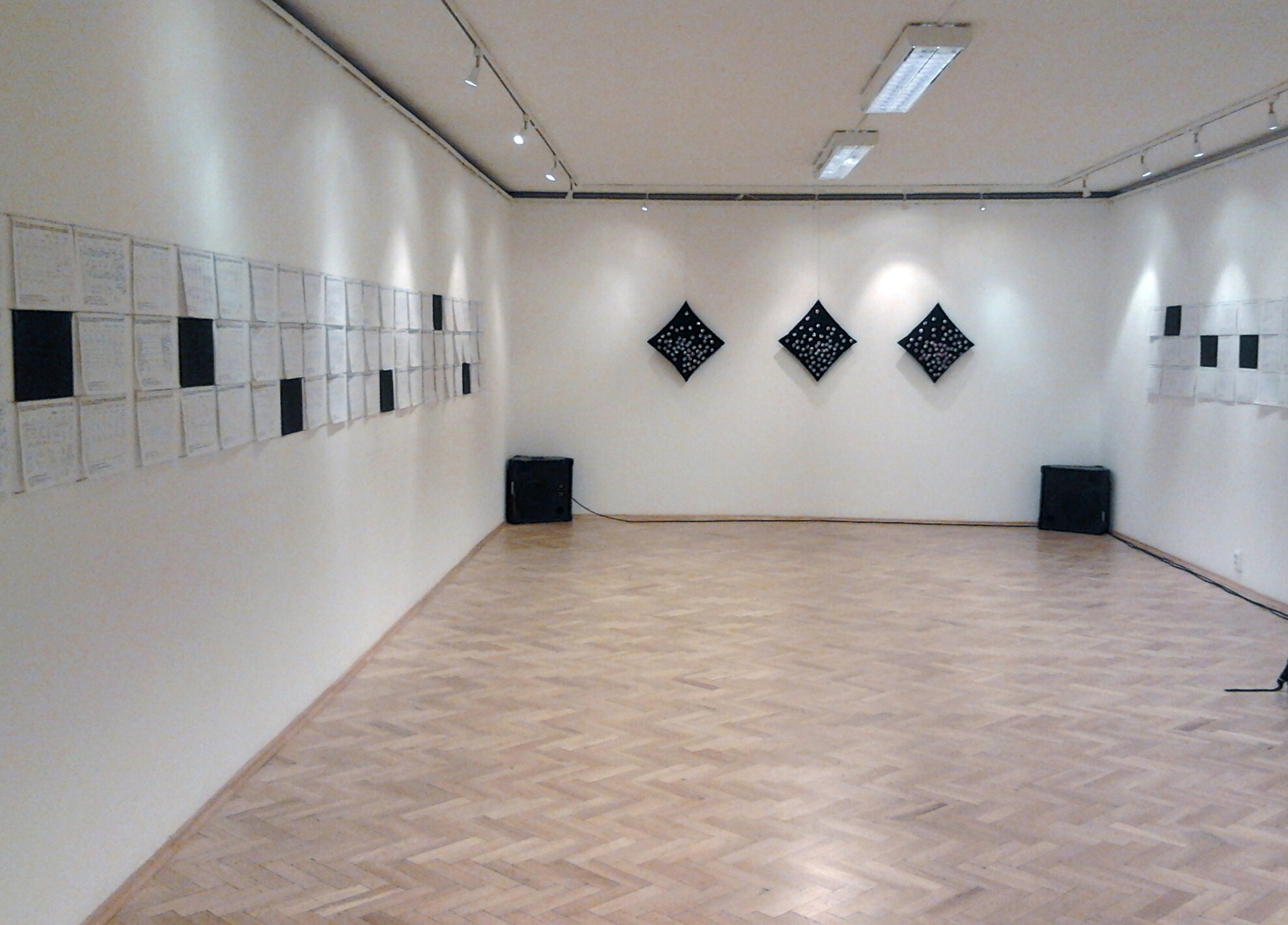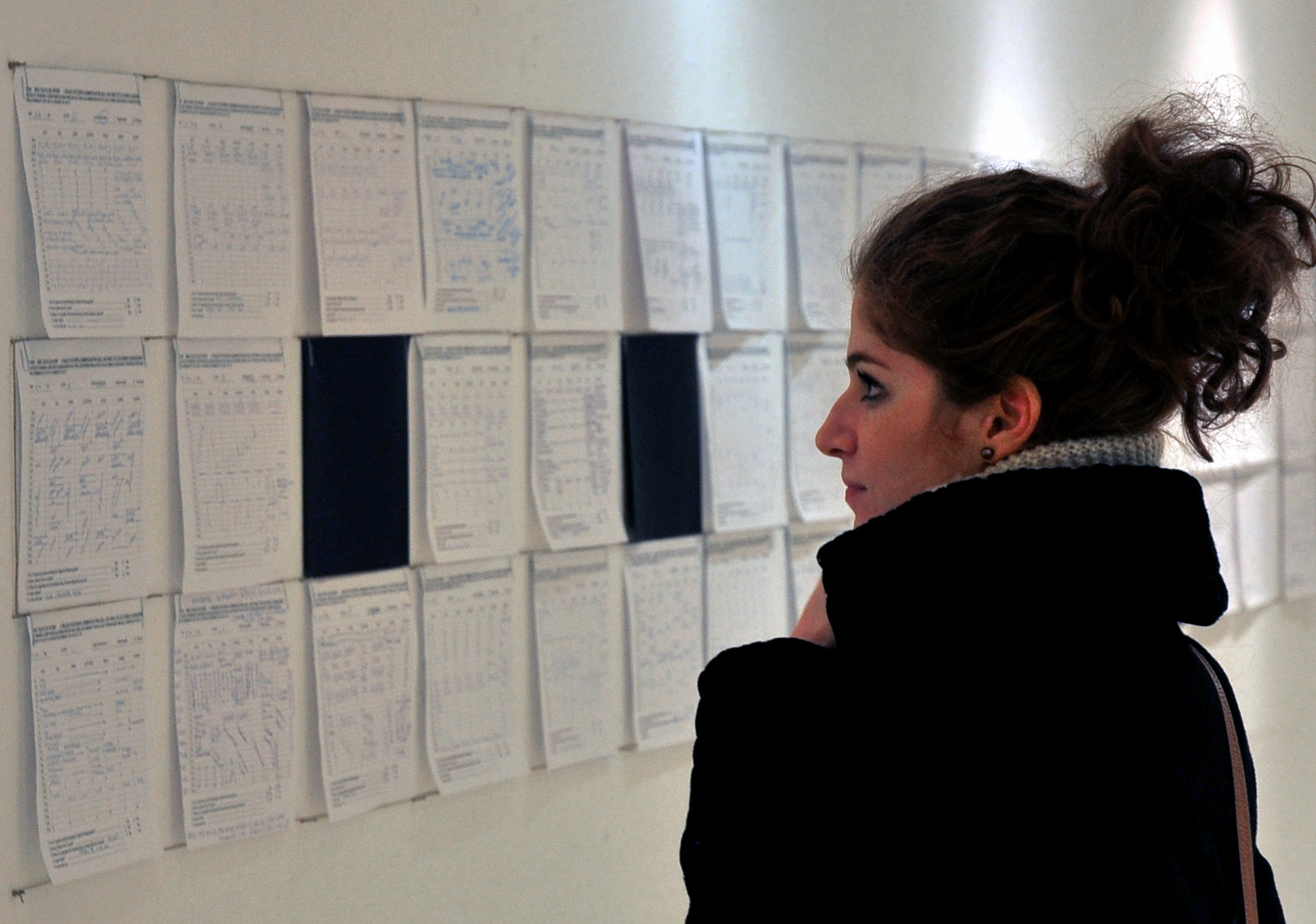In frames of two research art projects of the New Direction Group, we explored the most controversial place of Budapest, the 8th district. In the exhibition hall on Ludwig Inzert Boulevard visitors can get acquainted with the daily routine of local people through diagrams and in front of Szabó Ervin Library we can join the orto-photo game. All of this can be connected to Dominika Tihanyi who has already investigated the use of several public spaces.
As a landspace architect your job is strongly linked to urban public spaces. Besides this, does art serve as a tool of a mission for you?
I’ve always been interested in public spaces, how people use the city, where and how they spend their free time, if they do sports or watch TV in their living room. As landscape architects we strive to make the locals feel at home in public spaces and use them gladly as well. Our research is linked to this concept. People completed 180 questionnaires where they had to put into a timetable what they do on certain days of the week in different time. Many of our friends took part in the project, for example residents of buildings where we had worked on previous projects, so we also got feedback from them. The results which can be seen in the exhibition, may attract the attention of policy makers.

How far were your expectations proved to be true in reference to the results?
In general, people spend one third of their day with sleeping, and they work or study in the remaining time. Eating and sleeping takes a long time, but doing housework, too. Those people who have some extra activities, spend less time sleeping or working. Our youngest respondent was 5 and the oldest was 85 years old, thus we have the markings for each age-group, but you would never think how active a pensioner could be! Diagrams made from the tables, help visually to understand the huge amount of data. What is more, participants can bring home their on diagrams on a pin from the gallery.
How is orto-photo game related to this survey?
We stuck up orto-photo stickers first in underpass near Nyugati Railway Station. They illustrated aerial photographs of Budapest. Now in the square in front of Szabó Ervin Library you can see the orto-photo of the 8th district on which passer-bys can sign their favourite places and home. They can also mark spaces which are -according to them- needed for reconstruction. This way the project can be explained as an alternative way of surveys. For instance it soon became clear , that inhabitants are dissatisfied with Gutenberg Square. Now we are analyzing the answers and this may lead to preparation of some new projects – this happens almost every time, one project inspires the other.




